Actionable Tips for Customer Journey Optimization Success
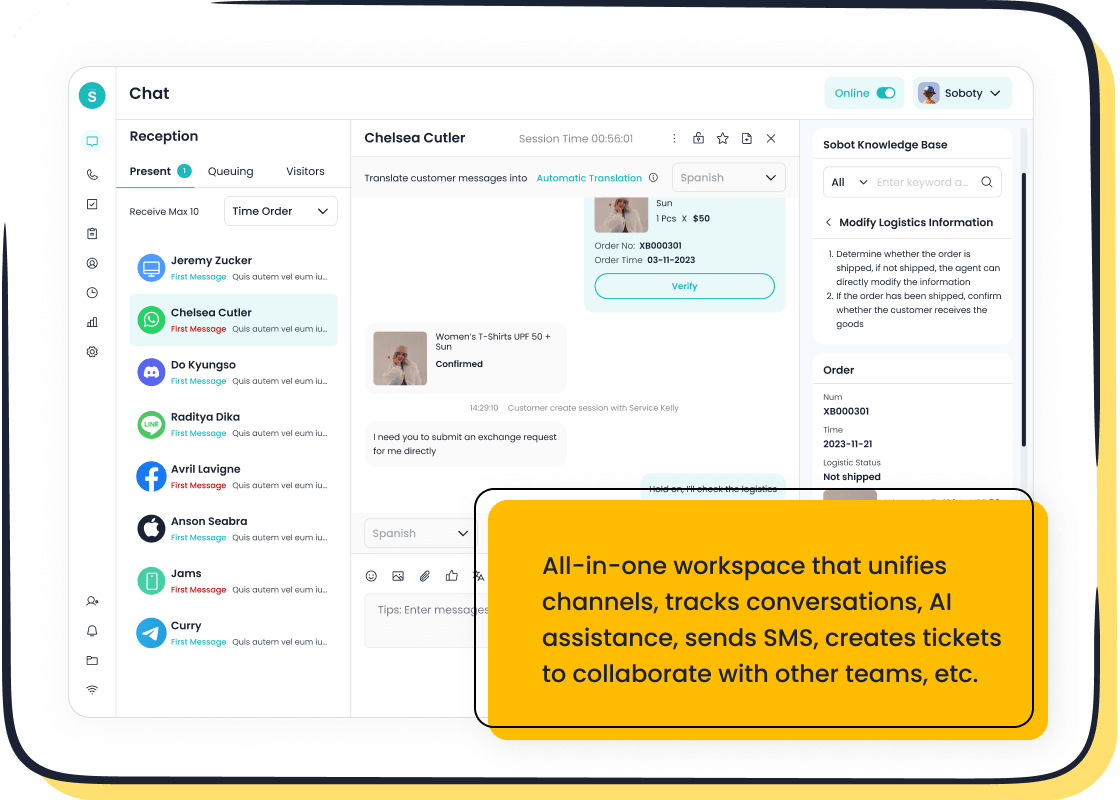
Customer journey optimization transforms how businesses connect with their customers. It ensures that every interaction meets expectations, driving satisfaction and loyalty. Buyers value exceptional experiences, with 86% willing to spend more, boosting average order value. Companies that personalize interactions see up to a 15% increase in revenue and reduced service costs. With tools like Sobot Live Chat, you can unify communication channels, personalize interactions, and improve efficiency. Sobot empowers you to deliver seamless experiences, helping you retain customers and grow faster than competitors.
What is Customer Journey Optimization?
Defining Customer Journey Optimization
Customer journey optimization focuses on refining every step a customer takes when interacting with your brand. It ensures that each stage, from initial awareness to post-purchase support, aligns with customer expectations. This process involves analyzing behaviors, identifying pain points, and implementing strategies to create a seamless customer experience. Metrics like Customer Satisfaction (CSAT) and Net Promoter Score (NPS) help measure the success of these efforts.
| Metric | Description |
|---|---|
| Customer Satisfaction (CSAT) | Measures customer satisfaction with the product, service, and overall experience. |
| Net Promoter Score (NPS) | Measures customer loyalty toward a brand, product, or service. |
| Customer Effort Score (CES) | Measures how easy it is for customers to interact and engage with your brand. |
| Conversion Rate | Measures the number of customers who complete a desired action in the sales funnel. |
| Customer Churn Rate | Measures the percentage of customers who stop engaging with your brand. |
| Customer Lifetime Value (CLV) | Measures the total net profit a business can generate from a customer throughout their lifetime. |
Why It Matters for Customer Experience
Optimizing the customer journey directly impacts satisfaction, loyalty, and revenue. A well-optimized journey reduces frustration, simplifies processes, and fosters brand loyalty. Research shows that 73% of customers consider customer experience the top factor in purchase decisions, and 16% are willing to pay more for exceptional service. Positive experiences also encourage recommendations and reduce support requests, allowing your team to focus on critical tasks.
PWC research indicates that 73% of customers cite customer experience as the number one driver for their purchase decisions, and 16% are willing to pay a premium for an exceptional experience.
Common Goals and Standards in Optimization
Effective customer journey management involves setting clear goals and adhering to industry standards. Key objectives include improving journey completion rates, reducing drop-off points, and enhancing customer effort scores. For example, Duolingo segmented its users to focus on retention rates, achieving a 400% growth in daily active users since 2019. This highlights the importance of tailoring strategies to specific customer needs.
- Journey Completion Rates: Ensure customers achieve their goals.
- Time-to-Completion: Identify and address friction points.
- Drop-off Points: Pinpoint obstacles in the journey.
- Customer Effort Scores: Make interactions easier for customers.
- Segmentation of Data and Personas: Personalize experiences for better engagement.
- Cross-Channel Orchestration: Provide seamless transitions across touchpoints.
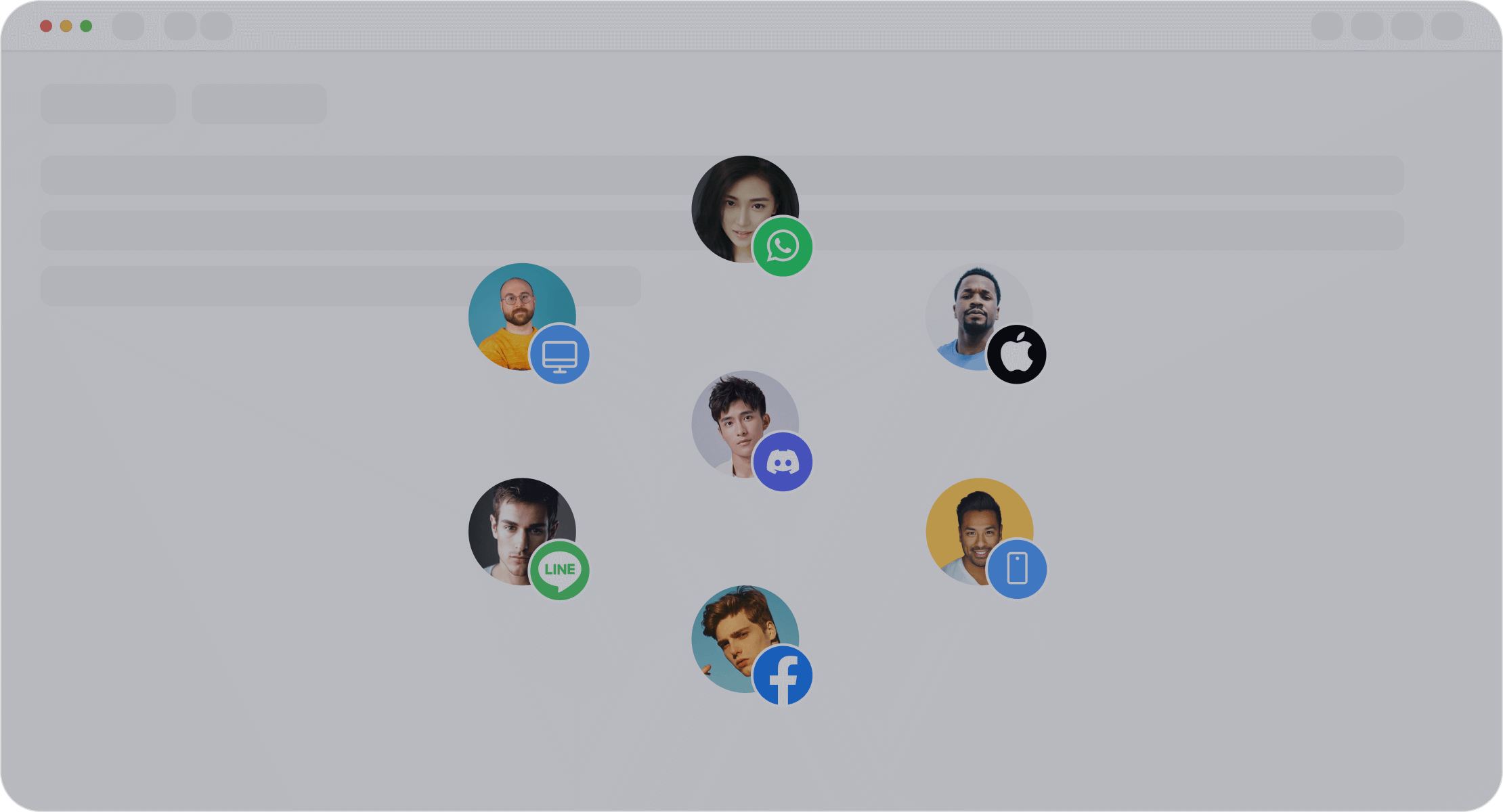
Sobot’s tools, like Live Chat, help you achieve these goals by unifying communication channels and leveraging AI to enhance customer interactions. With built-in analytics, you can track performance and refine strategies for long-term success.
Mapping the Customer Journey for Success
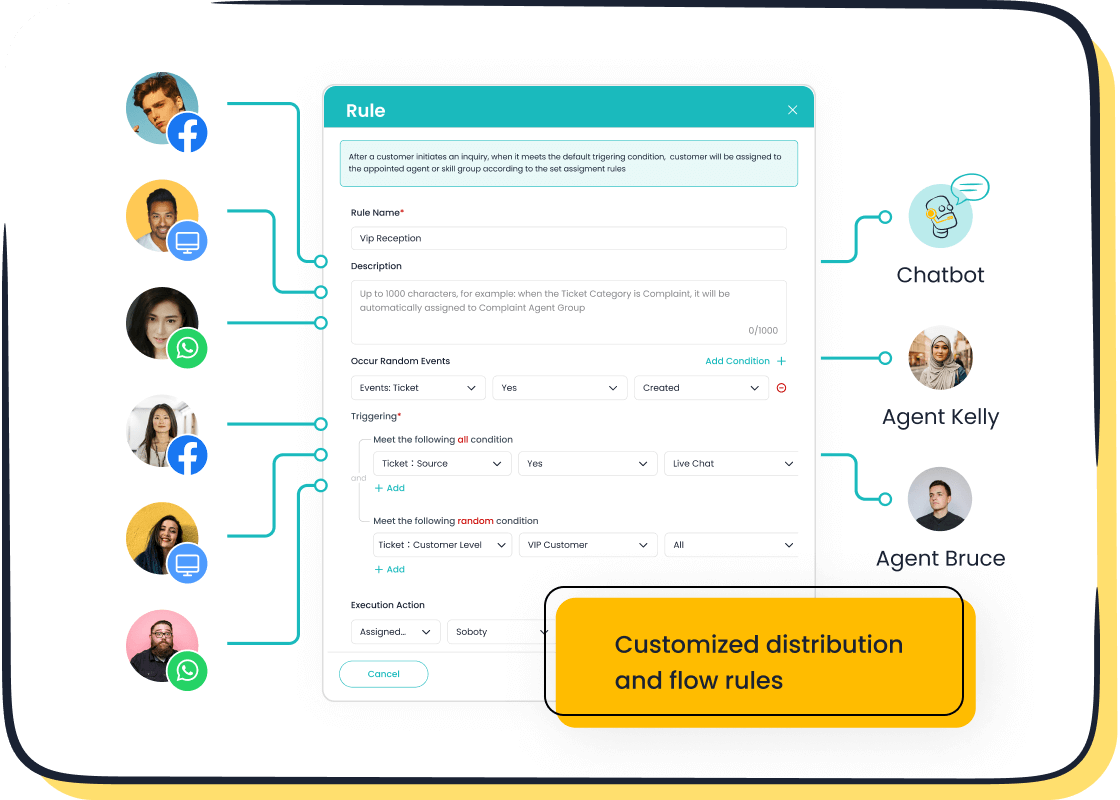
Key Stages of the Customer Journey
Understanding the key stages of the customer journey helps you create a roadmap for customer journey optimization. Each stage represents a critical step in how customers interact with your brand. These stages include:
- Awareness: Customers recognize a need or problem and discover your brand through channels like social media, search engines, or ads.
- Consideration: They evaluate options by comparing products, reading reviews, or exploring your website.
- Decision: Customers make a purchase or commit to your service.
- Retention: Post-purchase, they assess their satisfaction and decide whether to continue engaging with your brand.
- Advocacy: Satisfied customers share positive experiences, becoming brand ambassadors through reviews or referrals.
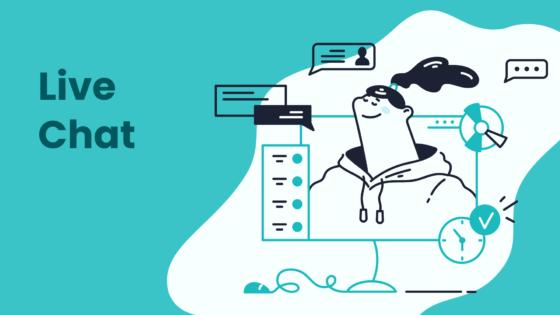
By focusing on these stages, you can guide customers seamlessly from awareness to advocacy. For example, Sobot Live Chat supports the decision stage by providing instant responses, helping customers finalize their purchases confidently.
Identifying Touchpoints and Pain Points
Touchpoints are the moments when customers interact with your brand, while pain points are the challenges they face during these interactions. Common touchpoints include website visits, social media interactions, email communications, and product usage. Pain points often arise from high drop-off rates on web pages, low engagement with features, or spikes in support requests.
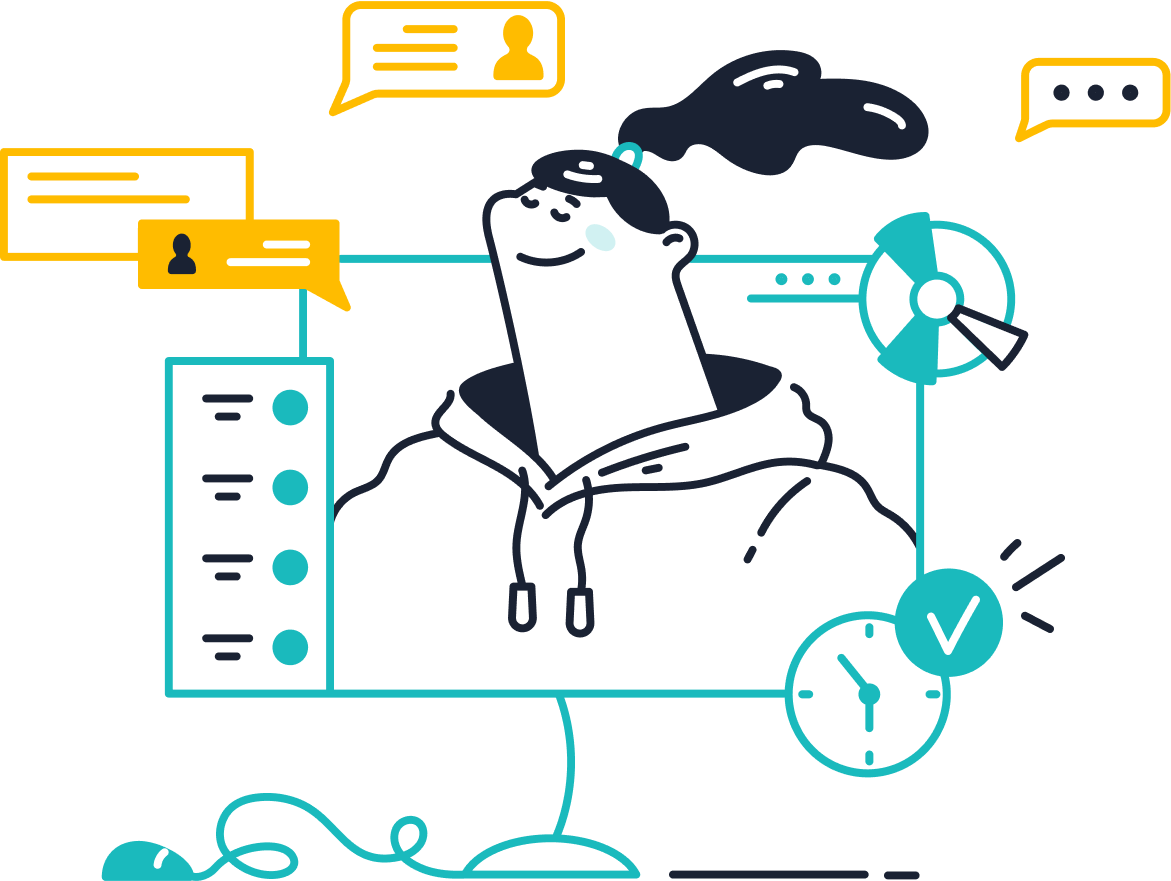
To identify these, review customer feedback for mentions of confusion or dissatisfaction. Analyze data to pinpoint areas where customers struggle. For instance, if many users abandon their carts, it may indicate a complex checkout process. Sobot’s built-in analytics can help you track these metrics, enabling you to address issues and improve satisfaction.
Tip: Focus on improving specific touchpoints rather than overhauling the entire journey. This targeted approach saves time and resources.
Tools for Effective Customer Journey Mapping
Effective customer journey mapping requires the right tools and methodologies. Visual representation is essential for understanding how customers move through each stage. Use frameworks like internal workshops or primary research to gather insights. Passive metering and customer interviews also provide valuable data.
| Frameworks and Methodologies | Description |
|---|---|
| Internal Workshops | Collaborative sessions to gather insights from team members. |
| Primary Research | In-depth qualitative and quantitative studies to understand customer behavior. |
| Passive Metering | Tracking digital behavior to gather data without direct interaction. |
| Visual Representation | Creating visual maps to illustrate customer journeys effectively. |
Tools like Qatalyst by Entropik offer insights into user emotions and behaviors, enhancing your mapping process. Sobot’s omnichannel solutions also integrate offline and online data, giving you a comprehensive view of customer interactions.
Personalizing Customer Experiences with Sobot Live Chat
The Importance of Personalization in Customer Journey Optimization
Personalization plays a critical role in customer journey optimization. It transforms generic interactions into meaningful connections, making customers feel valued. Research shows that 80% of consumers are more likely to make a purchase when brands offer personalized experiences. Additionally, 48% have left a website due to poorly curated experiences. These statistics highlight how personalization directly impacts customer engagement and satisfaction.
Personalized marketing strategies allow you to tailor messages, offers, and services to individual preferences. This approach not only improves conversion rates but also fosters long-term loyalty. For example, when you use tools like Sobot Live Chat, you can segment customers based on their behavior and preferences. This segmentation enables you to deliver targeted solutions, ensuring every interaction feels relevant and timely.
Moreover, personalization influences spending habits. Over 40% of U.S. consumers admit they have spent beyond their budget due to personalized experiences. By leveraging tools that prioritize personalization, you can enhance customer engagement and drive revenue growth.
How Sobot Live Chat Enhances Customer Interactions
Sobot Live Chat revolutionizes how you interact with customers by offering seamless, omnichannel support. It consolidates communication across platforms like websites, apps, and social media, ensuring no message goes unanswered. This unified approach simplifies customer engagement and boosts efficiency.

With Sobot Live Chat, response times decrease by up to 80%, allowing you to address customer inquiries almost instantly. This speed not only enhances customer satisfaction but also increases agent efficiency by 20%. The platform’s AI-powered tools assist agents in providing accurate and personalized responses, reducing the need for repetitive interactions.
A notable example comes from an international luxury retailer. They requested a system upgrade over the weekend, and Sobot delivered the solution by Monday morning. Previously, their former provider took up to six months for similar requests. This agility demonstrates how Sobot Live Chat ensures your business stays responsive and adaptable.
Leveraging AI and Analytics for Tailored Experiences
AI and analytics are game-changers in creating personalized customer experiences. Sobot Live Chat integrates advanced AI capabilities to analyze customer data and predict needs. This allows you to deliver tailored solutions that resonate with individual preferences.
- Voice Chatbots: These provide scalable, cost-effective solutions for managing customer interactions.
- Predictive Customer Analytics: Anticipate customer behaviors and needs, enabling proactive service and retention strategies.
- Agent Assist: Offers real-time support to agents, ensuring efficient and personalized service delivery.
- Machine Learning for Feedback Analysis: Identifies trends in customer feedback, helping you refine your services and enhance satisfaction.
Sobot Live Chat also uses generative AI to automate documentation and conversational AI to maintain context during complex queries. These features improve customer engagement by making interactions smoother and more intuitive. Predictive analytics further enhances the experience by identifying potential issues before they arise, allowing you to address them proactively.
By combining AI and analytics, Sobot Live Chat empowers you to deliver personalized marketing campaigns that resonate with your audience. This approach not only improves customer satisfaction but also strengthens loyalty, ensuring long-term success.
Reducing Friction Across Customer Touchpoints
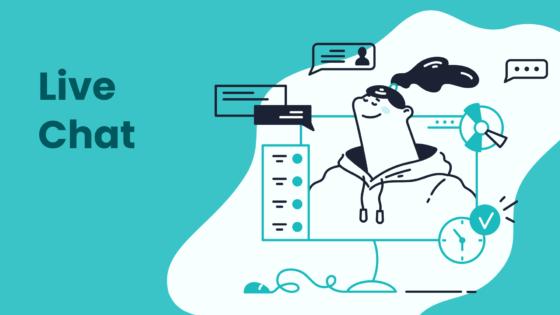
Common Sources of Friction in Customer Journey Orchestration
Friction in customer journey orchestration often arises from disjointed processes, unclear communication, and inefficient systems. For example, customers may face delays when switching between channels, such as moving from a chatbot to a live agent. This lack of integration disrupts the flow and creates frustration. Another common issue is repetitive questioning, where customers must provide the same information multiple times. This not only wastes time but also reduces satisfaction.
A brand’s reputation heavily depends on how smooth the customer experience feels. Research shows that minimizing friction keeps customers engaged and moving toward a purchase. Retailers who adopt a unified strategy avoid these pain points and improve sales outcomes. By addressing these challenges, you can create a seamless experience that fosters loyalty and encourages repeat business.
| Benefit/Strategy | Description |
|---|---|
| Unified Experience | Retailers need a fully-integrated strategy to avoid customer friction points that impede sales. |
| Minimize Friction | Reducing friction in the buyer's journey keeps customers moving towards a purchase. |
| Positive Customer Experience | A brand's reputation is shaped by consumer experiences, which drive loyalty and referrals. |
Strategies to Streamline Processes and Improve Efficiency
Streamlining processes begins with identifying inefficiencies and adopting proven methodologies. Total Quality Management (TQM) reduces customer complaints by 40% and increases satisfaction by 35%. Lean methodology cuts lead times by up to 90% while improving quality by 80%. These approaches ensure smoother operations and better customer engagement.
Automation also plays a key role. Tools like Sobot Live Chat automate repetitive tasks, such as answering FAQs, freeing agents to focus on complex issues. AI-powered features like intelligent routing ensure customers connect with the right agent quickly. By integrating these strategies, you can enhance efficiency and deliver a more satisfying experience.
| Strategy | Impact on Customer Interactions |
|---|---|
| Total Quality Management (TQM) | 40% reduction in customer complaints and 35% increase in satisfaction |
| Lean Methodology | 70-90% reduction in lead times, 25-30% decrease in manufacturing costs, 80% improvement in quality |
| Six Sigma | Higher efficiency and customer satisfaction through data-driven techniques |
Examples of Frictionless Experiences Powered by Sobot
Sobot empowers businesses to eliminate friction across touchpoints. For instance, Samsung used Sobot’s omnichannel solutions to unify its communication channels. This integration improved agent efficiency by 30% and achieved a 97% customer satisfaction rate. Customers no longer faced delays or repetitive interactions, creating a seamless experience.
Sobot Live Chat also enhances customer engagement by consolidating messages from websites, apps, and social media into one platform. Its AI tools provide instant responses, reducing wait times by 80%. These features ensure customers receive timely and personalized support, fostering loyalty and trust.
By adopting Sobot’s solutions, you can replicate these successes and create a frictionless journey for your customers.
Leveraging Technology for Customer Journey Optimization
Role of AI and Automation in Customer Journey Orchestration
AI and automation have revolutionized how businesses manage effective customer journey orchestration. These technologies analyze vast datasets to uncover customer behavior patterns and preferences. This insight allows you to create personalized interactions that resonate with your audience. For example, AI can predict what a customer might need next, enabling you to offer timely and relevant solutions.
Real-time decision-making is another advantage. AI helps you adapt strategies instantly, ensuring your customers receive the right message at the right time. This capability strengthens customer loyalty and enhances engagement. Additionally, AI coordinates multi-channel marketing efforts, providing a seamless customer experience across platforms.
By leveraging AI and automation, you can achieve higher engagement, stronger loyalty, and increased customer lifetime value. These tools not only streamline operations but also ensure that every interaction feels meaningful and efficient.
Using Sobot’s Omnichannel Solutions for Seamless Interactions
Sobot’s omnichannel solutions are designed to create a seamless customer experience by unifying communication channels. Whether your customers interact via social media, email, or live chat, Sobot ensures all messages are consolidated into one platform. This integration eliminates delays and repetitive interactions, making the process smooth and efficient.

For instance, Sobot has improved Net Promoter Scores for over 10,000 brands, showcasing its ability to enhance customer loyalty. In the Southeast Asian market, Sobot’s solutions resolved 22.2% of inquiries independently, achieving a Customer Satisfaction Score of 97%. These results highlight how Sobot empowers businesses to deliver consistent and effective customer journey orchestration.
With Sobot’s AI-powered tools, over 80% of responses are accurate, leading to a 95% satisfaction rate. By adopting these solutions, you can reduce inbound discussion volume and focus on delivering exceptional service.
Integrating Analytics Tools to Track and Improve Performance
Customer journey analytics play a crucial role in refining your strategies. Tools like Customer Data Platforms (CDPs) and Customer Engagement Platforms (CEPs) help you gather and integrate data from multiple sources. This data provides a comprehensive view of customer interactions, enabling you to identify areas for improvement.
Heatmaps and session recordings offer qualitative insights into user behavior. These tools help you understand how customers navigate your website, revealing friction points that need attention. Metrics like Customer Satisfaction Score (CSAT) and Customer Effort Score (CES) allow you to measure the effectiveness of your efforts.
By integrating these analytics tools, you can make data-driven decisions that enhance the customer journey. Sobot’s built-in analytics further simplify this process, offering customizable reports to track performance and refine strategies.
Measuring Success and Iterating for Continuous Improvement
Key Metrics for Evaluating Customer Journey Optimization
Measuring the success of your customer journey optimization efforts requires a clear understanding of key metrics. These metrics provide actionable insights into how well your strategies are performing and where improvements are needed. Here are some essential metrics to track:
- Customer Satisfaction Score (CSAT): Measures how satisfied customers are with their experience.
- Net Promoter Score (NPS): Evaluates customer loyalty by asking how likely they are to recommend your brand.
- Customer Effort Score (CES): Assesses how easy it is for customers to interact with your business.
- Conversion Rate: Tracks the percentage of users who complete a desired action, such as making a purchase.
- Customer Churn Rate: Indicates the percentage of customers who stop engaging with your brand.
- Customer Lifetime Value (CLV): Estimates the total revenue a customer will generate over their lifetime.
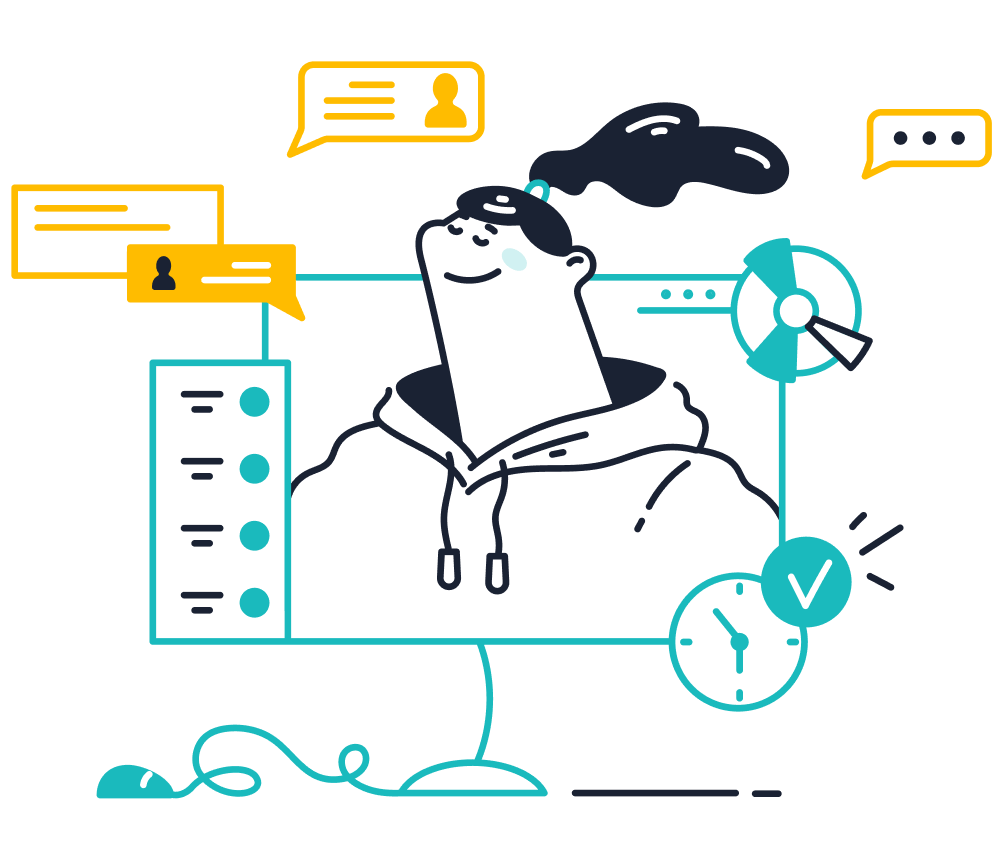
Using these metrics, you can identify patterns and trends that impact customer engagement. For example, a high churn rate might signal dissatisfaction, while a low CES suggests your processes are user-friendly. Tools like Sobot Live Chat simplify this process by offering built-in analytics to monitor these metrics in real time.
| Aspect | Explanation |
|---|---|
| Customer Journey Analytics | Provides a comprehensive view of customer interactions across multiple channels. |
| SaaS User Mapping | Reveals pain points in user experience, leading to targeted improvements. |
Gathering Feedback and Insights from Customers
Customer feedback is a goldmine for understanding their experiences and identifying areas for improvement. Gathering insights requires a mix of direct and indirect methods. Here are some effective ways to collect feedback:
- Support Tickets & Chat Logs: Analyze recurring issues to uncover common pain points.
- Online Reviews: Monitor public praise and criticism to gauge customer sentiment.
- Customer Interviews: Conduct one-on-one conversations to gain deeper insights.
- Remote Observation: Observe how customers interact with your product in real-world settings.
- Website Analytics: Track user behavior, including where they drop off or spend the most time.
- Click Heatmaps & Scroll Depth: Identify what captures attention and what gets overlooked.
For example, Sobot’s omnichannel solutions allow you to consolidate feedback from various platforms, making it easier to analyze and act on customer insights. By addressing issues highlighted in reviews or chat logs, you can enhance the overall customer experience and build stronger relationships.
Tip: Combine qualitative feedback with quantitative data for a well-rounded understanding of customer needs.
| Insight | Description |
|---|---|
| Data Collection and Metrics | Identifies KPIs relevant to business success, blending quantitative and qualitative data. |
| Customer Feedback Systems | Highlights the importance of robust systems to gather and analyze customer opinions. |
Data-Driven Decisions for Long-Term Success
Data-driven decision-making is the cornerstone of long-term success in customer journey optimization. By leveraging advanced analytics tools, you can uncover actionable insights that drive meaningful improvements. Here’s how data can transform your approach:
- Comprehensive Data Collection: Gather diverse data points, such as customer preferences and behaviors, to tailor your services.
- Advanced Analytics Tools: Use tools to analyze complex datasets, enabling proactive strategies and identifying at-risk customers.
- Automation of Processes: Automate routine tasks like follow-ups to ensure timely and consistent interactions.
For instance, businesses using Sobot’s AI-powered tools have achieved significant improvements in customer engagement. Predictive analytics helps anticipate customer needs, while automation ensures seamless interactions. This proactive approach not only enhances satisfaction but also fosters loyalty.
Data-driven strategies also allow you to iterate continuously. By analyzing metrics like NPS and CES, you can identify what works and what doesn’t. Over time, this iterative process leads to a more refined and effective customer journey.
Note: Adopting a data-driven culture ensures you stay ahead of customer expectations, paving the way for sustained growth.
Optimizing the customer journey requires clear strategies, measurable goals, and regular evaluations. Tools like Sobot Live Chat simplify this process by unifying communication channels and leveraging AI to enhance customer engagement. For example, omnichannel campaigns achieve a 287% higher purchase rate than single-channel efforts, proving the value of seamless experiences. Regularly track metrics like CSAT and NPS to measure success and adapt strategies. Start today by integrating these insights into your business. A well-optimized journey not only boosts satisfaction but also drives long-term growth.
| Key Element | Description |
|---|---|
| Clear Strategic Objectives | Serve as benchmarks for measuring success and maintaining direction for strategic activities. |
| Performance Metrics and KPIs | Translate strategic goals into measurable outcomes, allowing for assessment of success. |
| Stakeholder Feedback | Provides diverse insights that enhance understanding of organizational performance and alignment. |
| Regular Evaluation | Ensures strategies adapt to changing environments and remain effective over time. |
💡 Tip: 50% of consumers now value customer experience more than ever. Don’t wait—start optimizing today to stay ahead of expectations.
FAQ
What is customer journey optimization, and why is it important?
Customer journey optimization refines every step of your customer’s interaction with your brand. It ensures seamless experiences, reduces friction, and boosts satisfaction. For example, businesses using tools like Sobot Live Chat see a 38% increase in conversions by addressing customer needs instantly.
How does Sobot Live Chat improve customer experience?
Sobot Live Chat unifies communication channels, enabling instant responses. Its AI tools personalize interactions, reducing wait times by 80%. For instance, Samsung achieved a 97% satisfaction rate by integrating Sobot’s omnichannel solutions.
Can Sobot Live Chat integrate with other systems?
Yes, Sobot Live Chat integrates with platforms like ERP and CRM systems. This connectivity ensures agents access complete customer histories, improving service quality and efficiency.
How does personalization impact customer journey optimization?
Personalization makes interactions meaningful. Research shows 80% of customers prefer brands offering tailored experiences. Sobot Live Chat uses AI to segment customers, delivering relevant solutions that enhance satisfaction and loyalty.
What metrics should you track for customer journey optimization?
Key metrics include Customer Satisfaction (CSAT), Net Promoter Score (NPS), and Customer Effort Score (CES). Sobot’s built-in analytics tracks over 150 indicators, helping you refine strategies and measure success effectively.
See Also
10 Strategies to Enhance Customer Satisfaction in Live Chat
10 Actions to Deploy Effective Omnichannel Contact Center Solutions
How to Efficiently Manage Your Live Chat Agents
AI-Powered Customer Service Agents Transform Support Experience
Top Practices for Effective Quality Management in Call Centers
